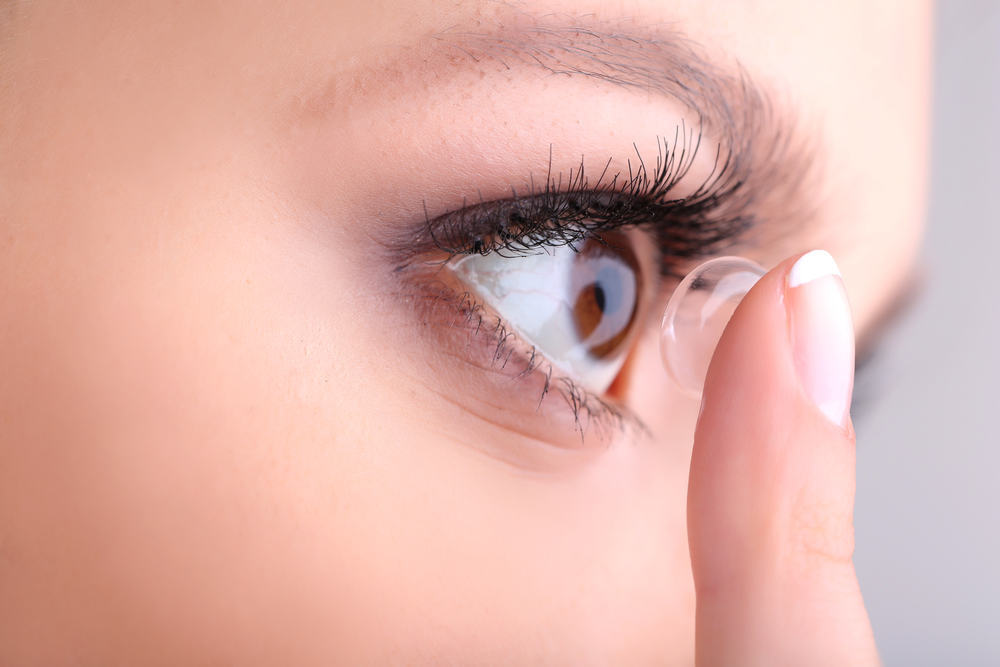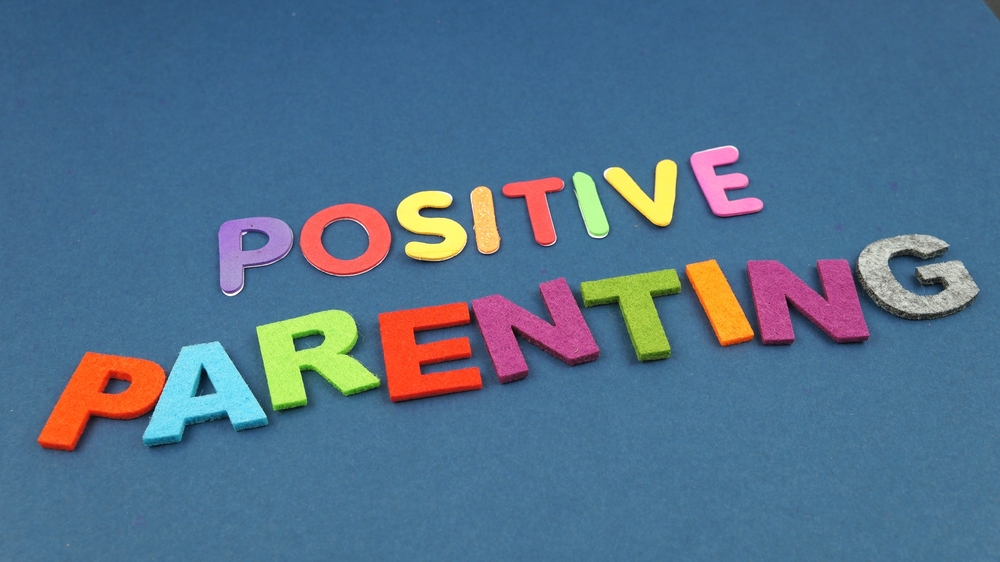Contents:
- Medical Video: How to Apply Contacts Lenses for Beginners | 4 Tips on Finding the Perfect Color Lenses for My Eyes
- Types of contact lenses and their uses
- 1. Soft contact lenses
- 2. Colored contact lenses
- 3. Bifocal lens
- 4. Torik lens
- 5. Contact lenses are made according to the shape of your cornea
Medical Video: How to Apply Contacts Lenses for Beginners | 4 Tips on Finding the Perfect Color Lenses for My Eyes
For those of you who choose problems in your eyes, contact lenses are one of the choices that are often chosen to help your eyes function. Sometimes also, contact lenses are used for mere needs fashion. For example, today you wear blue contact lenses, the next day you wear brown contact lenses.
This thin plastic lens will be used over the cornea (the eye part located on the front). You need to consult an eye doctor to determine which type of contact lens is right for you. In addition, you also need to consult regularly to keep your eyes healthy and keep your contact lenses safe to use.
Types of contact lenses and their uses
Here are the types of contact lenses, including the advantages and disadvantages. You can adjust yourself which type is most suitable for you, depending on the needs of your own eyes.
1. Soft contact lenses
Soft contacts made of plastic (silicone hydrogel) which is combined with water. Water will let oxygen pass through the contact lens to your cornea, which functions for comfortable use, reduces dry eyes, and keeps your cornea healthy. If your cornea does not get enough oxygen, your cornea will swell and become foggy, resulting in blurry vision or other more serious eye problems.
The benefits, mostly soft lenses this can be discarded, which means you can discard this contact lens after using it in a short period of time. Continuing to wear new contact lenses means that the less likely you are to get an infection, the less likely you are to use dirty contact lenses, making it more comfortable. There are also types of contact lenses that can be worn for a year, but you have to clean them every night.
Compared to other types of contact lenses, soft lenses usually more comfortable when you first wear it in your eyes. As a bonus, several types soft lenses contains ultraviolet protection.
The disadvantage, soft lenses easier to absorb pollution when compared to other types of contact lenses. This type of contact lens absorbs anything that can irritate your eyes, starting from smoke, soap, lotion, and so forth. In addition, soft lenses are also easily damaged and easy to tear.
As technology progresses, there are more types soft lenses. The following includes:
Daily disposables
Soft lenses This type is a type of contact lens that you only use one day, then discarded. Which means you don't need to clean your box lens every day. Another advantage is that you can avoid the risk of dry or irritated eyes due to contact lens cleaning fluid. If you have allergies, this type of contact lens suits you.
Soft lenses made of silicon
This type of contact lens makes contact lenses very easy to pass by oxygen. These contact lenses can also help reduce irritation from dry eyes. Some of these silicone contact lenses can be used for up to 30 days.
Doctors usually advise patients not to wear these contact lenses while sleeping. When you sleep using these contact lenses, your cornea gets less oxygen, which can lead to complications from other eye problems. Keep in mind that this type of contact lens not everyone can wear it. Consult with an ophthalmologist and follow the instructions given to avoid unwanted things.
2. Colored contact lenses
Contact lenses of this type can not only be used to help your eyes function, but also can be used for variety fashion. Even though you may wear it just for style, but still treating these contact lenses is like being used for eye health purposes. Follow the rules that are set so that you are not exposed to other eye problems. Never wear other people's contact lenses and don't lend your contact lenses to others.
Here are the types of colored contact lenses:
Visibility tint
This type of contact lens contains elements of color, so you can easily look for it if you drop it. However, this type of contact lens is not bright enough to change the color of your eyes.
Enhancement tint
This type of contact lens can affect the original color of your eyes. The color effect in this type of contact lens is darker than that visibility tint.
Color tint
This type of contact lens is dark, opaque, and changes the color of your eyes. The colors that are often used are for example purple and green.
Rigid gas-permeable lenses
As the name implies "rigid", This type of contact lens is more" stiff "compared to soft lenses. Made from silicone materials, this type of contact lens can make oxygen pass into your cornea.
The advantage, you can get a sharper vision with this type of contact lens compared to soft lenses. In addition, this type of contact lens is easier to maintain and can be used for a long time.
The disadvantage is that it takes time to adapt to these contact lenses. Compared with soft lenses, initially indeed rigid gas-permeable lenses more comfortable to wear. To get used to, use this type of contact lens every day.
If you suffer from nearsightedness, or nearsightedness accompanied by astigmatism, rigid gas-permeable lenses maybe the best choice to give you sharper vision. However, if you prefer convenience, you can choose another type of contact lens.
3. Bifocal lens
Lots of types of bifocal lenses. You need to consult an ophthalmologist to determine which bifocal lens design works best for you.
As you age, the lens in your eyes begins to lose its function to focus the shadow either near or far. This condition is usually called presbyopia. Mostly, conscious people suffer from presbyopia when they begin to have difficulty reading at close range.
If you have presbyopia, a bifocal lens can be your choice of contact lenses. The bifocal lens has the ability to help both the difficulty of focusing shadows near and far in one lens. Bifocal lenses can be in shape soft lenses or rigid gas-permeable lenses.
4. Torik lens
If you have astigmatism (or better known as a cylindrical eye), then you need a torik lens. Made from the same ingredients as other types of contact lenses, toric lenses can be obtained in the form soft lenses, rigid gas-permeable lensesor even colored contact lenses. Like a bifocal lens, the torik lens can function for two eye problems in one lens, one for the cylinder eye, and the other for nearsightedness or farsightedness.
5. Contact lenses are made according to the shape of your cornea
If you have nearsightedness, the ophthalmologist will recommend you to undergo orthokeratology, or usually abbreviated ortho-k. This method of using special contact lenses is measured according to the shape of your cornea to improve the quality of your vision. These types of contact lenses are increasingly popular when approved can be used during sleep. However, this treatment is temporary and only lasts if you use these contact lenses regularly. The most effective orto-k used for those of you who suffer from nearsightedness that is not too severe.
However, ortho-k is rarely used because most people choose to undergo a laser. In addition to providing the same results, the laser takes a short time and results in a long period of time compared to ortho-k. However, if you have a career in the military or pilot where laser surgery is not allowed, ortho-k can be the right alternative for you.
READ ALSO:
- 7 Fatal Errors Using Contact Lenses
- All You Need to Know About Eyelid Surgery
- 10 Signs When You Check Your Ophthalmologist












